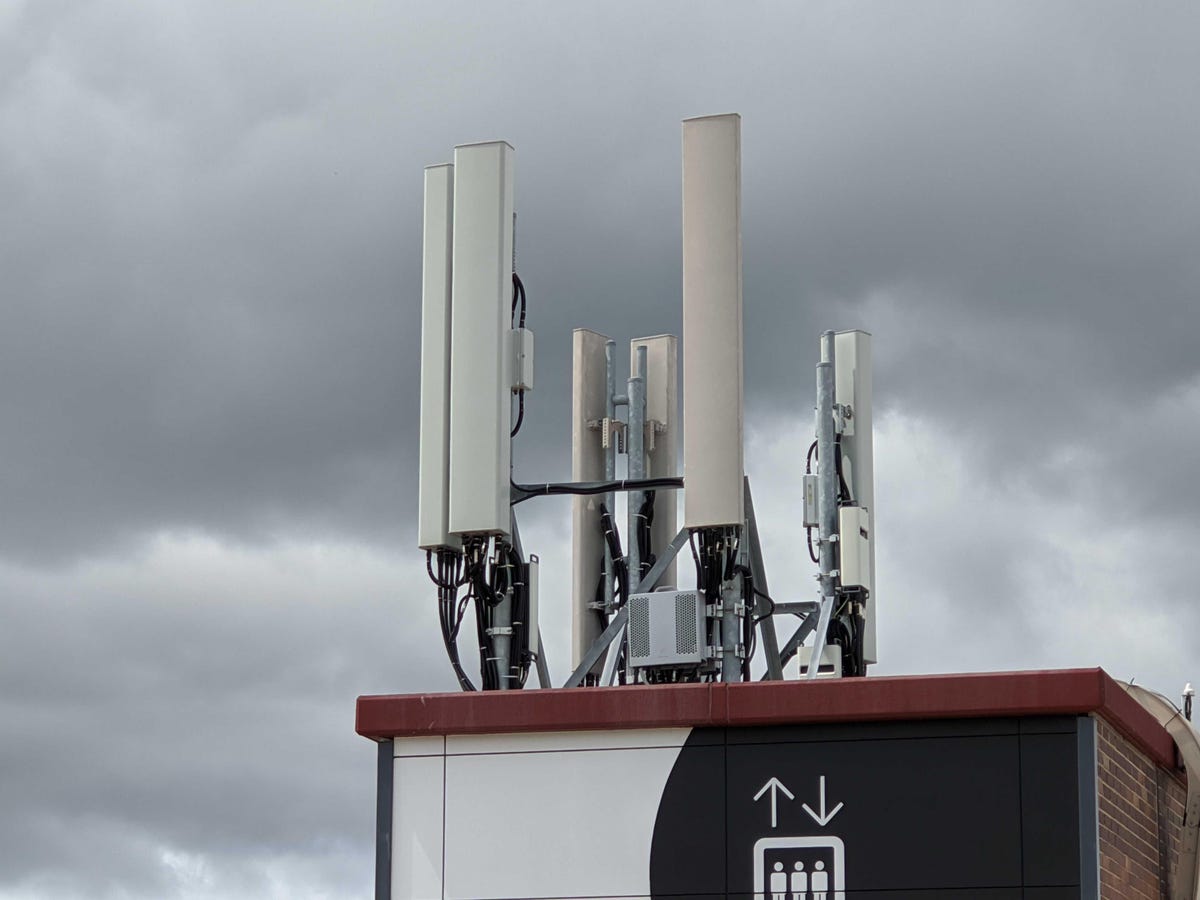
Minister for Communications Paul Fletcher has directed the Australian Communications and Media Authority to set aside spectrum for Optus and TPG in the upcoming auction of low-band sub-1GHz spectrum.
“This will guarantee these operators the opportunity to acquire 10MHz of 900MHz band spectrum at the auction to support continuity of services. Optus and TPG Telecom rely heavily on their 900MHz holdings for their national mobile networks,” the minister said in a statement.
The Australian Competition and Consumer Commission (ACCC) previously said it was worried about the low-band holdings of Optus.
“Optus’ ability to compete effectively in the mobile services market will likely be constrained if it does not acquire more sub-1GHz band spectrum in the 850/900MHz allocation,” the competition watchdog wrote in April.
“In particular, there is a risk that Optus may not be able to roll out 5G technology widely and efficiently in Australia in the absence of more sub-1GHz spectrum.”
At the time, the ACCC was not impressed by the concept of setting aside spectrum.
“The recommended allocation limit provides a reasonable opportunity for Optus and TPG to acquire spectrum in the 900MHz band that would enable them to continue to provide existing services,” the ACCC said.
“The limit also allows a potential price-based allocation process to determine the value that Optus and TPG place on the ability to continue to provide existing services in the band, which is likely to result in a more efficient allocation of spectrum than if a set aside was in place.”
Nevertheless, the set aside direction has taken place, as well as Fletcher limiting how much spectrum a single operator can have in the 850MHz and 900MHz bands.
In metro areas, the limit will be 40%, or 82MHz, while in regional and remote areas that ceiling will be raised to 45% or 92MHz.
The auction is expected to begin in late November or early December.
The ministerial decision was welcomed by Optus.
“We applaud the minister for standing by what he knows is in the best interests of Australians, despite our largest competitor throwing their massive weight behind a scare campaign to close out competition from regional Australia,” Optus vice president for regulator and public affairs Andrew Sheridan said.
“Regional Australians will benefit from continued access to competitive services and choice, an outcome our largest competitor sought to deny. The decision also reflects the considered advice of the independent consumer regulator, the Australian Competition and Consumer Commission, while still cleverly addressing some of the complexities of technical limitations of these bands.”
Elsewhere on Monday, NBN announced it would be creating 44 more business fibre zones, which allows businesses to get a full fibre Enterprise Ethernet connection, as well as reduced rates and connection fees.
The new zones will cover 60,000 businesses, and be available from September.
In NSW, the new zones are: Northern Beaches, Camden, Casino, Cessnock, Hunters Hill, Lithgow, Nelson Bay, Singleton, Wauchope, and Lake Macquarie – West covering Morisset, Toronto, West Wallsend, and Edgeworth.
Victoria will get zones in Balwyn-Surrey Hills, Bentleigh, Cowes, Eltham, Glenroy, Hampton-Sandringham, Hastings-Tyabb, Melton, Ocean Grove, Rosebud, Tatura, Torquay, and Yarrawonga.
Queensland gains Ayr, Dalby, Emerald, Goondiwindi, Hervey Bay, Nambour, North Lakes, Warwick, and Yeppoon.
Western Australia receives Cottesloe, Joondalup, Maddington, and Collie.
South Australia gets business zones in Goolwa, Modbury, Naracoorte, Port Pirie, and Stirling.
Tasmania gets one zone in George Town and Bell Bay, while the ACT will get business fibre in Gungahlin and Tuggeranong.
NBN said it will have 284 business fibre zones capable of hooking up 850,000 businesses around the nation.




















